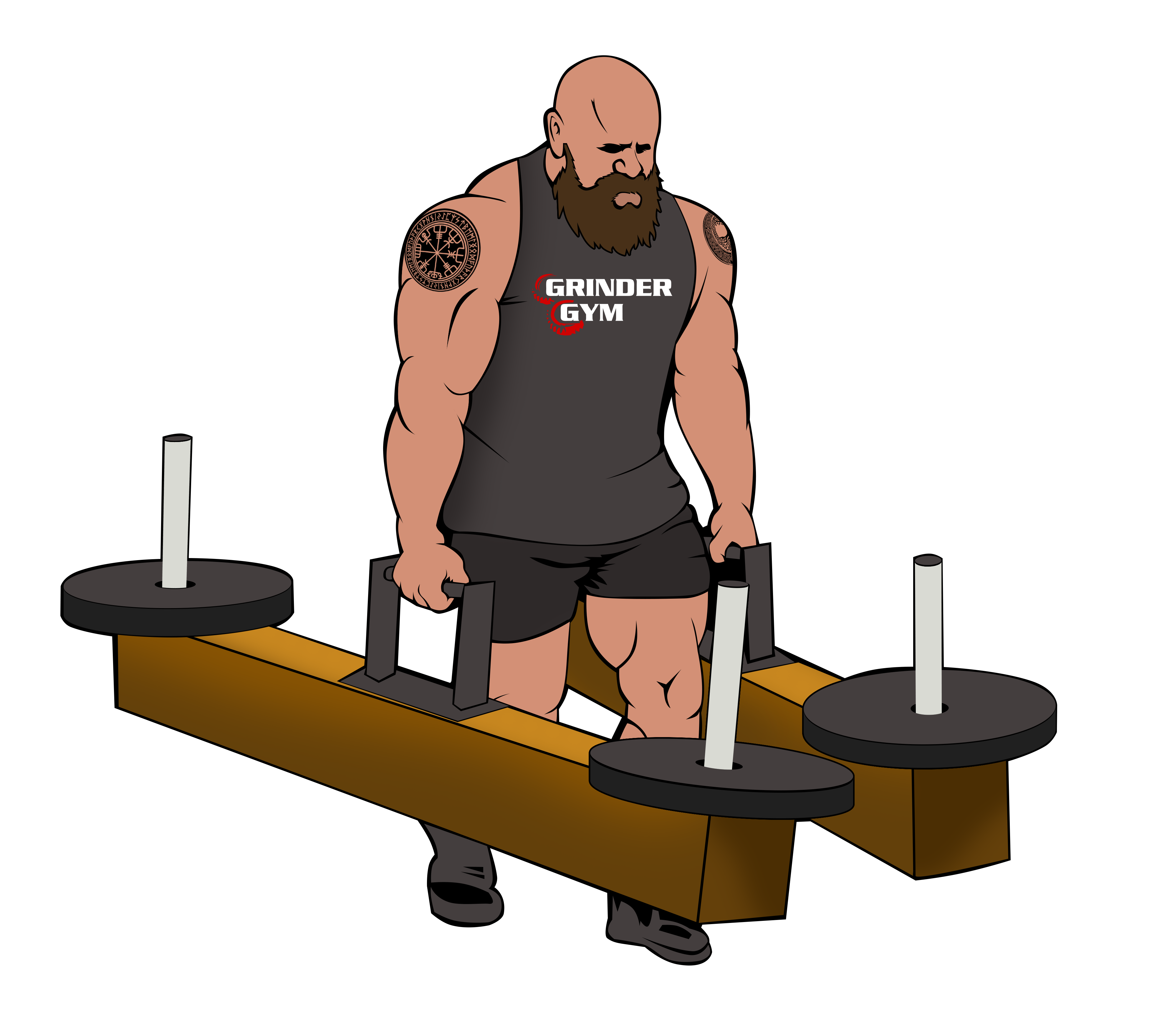Introduction
Do you get bored with eating the same foods on a diet? Do you find yourself quitting because you just can’t take the monotony anymore? Then, you are not alone and are likely the reason Ian K. Smith, MD, a diet expert for the VHI show Celebrity Fit Club created The 4 Day Diet. Smith believes “Losing weight is 80 percent mental and 20 percent physical,” and has set up the 4 Day Diet to address both the psychological as well as the physical factors that play a role in losing weight.
Smith is also the creator of the 50 Million Pound Challenge, a project geared toward motivating African-Americans to lose 50 million pounds.
Promise
You can lose 10 to 12 pounds over a 28-day period by completing Smith’s seven-phase approach to weight loss.
Premise
This is a low-calorie focused plan, which focuses on controlling a participant’s food environment so they avoid temptation and lose weight. Participants are directed to eat specific foods, and perform certain exercises during each of the seven four-day phases outlined in Smith’s book, The 4 Day Diet.
Program Overview
This diet involves seven specific phases, each lasting four days. While phases 1 and 2 need to be done at the start of the program, the remaining phases can be completed in any order the participant wants. Each phase focuses on eating from specific food categories, therefore, meal plans will vary.
During Induction (Phase 1), participants work on removing accumulated toxins from the body. Dieters eat lots of fruits, leafy greens, non-starchy vegetables, brown rice, beans, and low-fat or non-fat yogurt and milk. No fish, poultry, or meats are permitted.
Transition (Phase 2) teaches participants how to break old habits and eat differently. During this phase, lots of unprocessed foods that are high in fiber are eaten. Participants eat around 1,300 calories a day, with a heavy emphasis on eating more fruits and raw vegetables. Also allowed is 4 ounces of poultry or fish.
During the “Protein Stretch” (Phase 3), lean meats, fish, milk, and eggs are added, which will help participants avoid hitting their weight loss plateaus. By the “Smooth” transition period (Phase 4), Smith assumes participants have started to pick up a little bit about the importance of portion control and healthy eating, so foods such as pizza or a turkey burger are permitted. In this phase, moderation will be the key to continued success.
“Push” (Phase 5) leads participants back to a more restrictive diet. There are four daily menus specifically outlined that need to be followed. The emphasis returns to eating lots of fresh fruits and vegetables. During “Pace” (Phase 6), a few more foods are again added. With the final phase called “Vigorous”, participants are pushed to lose those last few stubborn pounds. An example of a meal plan during this phase would look like this:
- 3 pieces fruit
- Half a cucumber
- 3 cups green salad
- 1 1/2 cups broth-based soup
- 2 servings of cooked veggies
- 2 snacks
The diet approach also stresses the importance of exercise, specifically in effectively combining aerobics with strength training. Participants are encouraged to progress through the exercise recommendations at their own pace. No more than 30 minutes of exercise a day is recommended.
Plan Strengths
The 4-Day Diet stresses variety and the importance of switching things up. It helps participants remain focused and motivated while tackling hard issues such as food triggers and cravings. It works to address the psychological aspects of losing weight and provides several strategies such as using affirmation, thinking thin, and moving away from just using a scale to determine weight loss success. It stresses the importance of setting goals throughout the weight loss process, and overall, ranks high in terms of providing motivation.
Smith applies an 80/20 rule that participants may find attractive. Smith believes that as long as you stick to the program 80 percent of the time, and only stray occasionally (20% of the time) by eating the occasional “forbidden” food, participants won’t likely sabotage their long-term success on the plan.
Plan Weaknesses
This is a low-calorie plan, which could prove restrictive for some participants. As most modules only allow between 1,000 and 1,800 calories a day, there are concerns that some participants may not receive the vital nutrients and minerals needed, as some foods are restricted on this plan.
The diet does provide various meal plan lists of foods for each phase, but it does not break down those foods into individual meals. Participants wanting more structure and guidance as to what foods to eat and when may find this off-putting.
The plan focuses on a 28-day period but does not address long-term weight loss. While Smith hopes that participants will develop healthy eating habits during that month, for some, more support and guidance may be needed during maintenance to continue losing.
Conclusion
The Four Day diet provides several useful strategies for making good food choices and exercising. It also does a great job of addressing the psychological side of weight loss, which many plans fail to do. Participants who decide to jump between the various phases may find it confusing and may be disappointed at the lack of support provided when it comes to actually maintaining their weight loss. However, for dieters looking for a break from the standard diet routine, i.e. eating the same foods day in and day out, this approach may warrant a closer look.
The information provided here is for educational or informational purposes only. Dave DePew does not endorse any of the programs/services reviewed here.
Additional Resources
The 4 Day Diet, WebMD, http://www.webmd.com/diet/features/the-4-day-diet
4 Day Diet: Tame temptations, lose weight, http://today.msnbc.msn.com/id/28511217
4 Day Diet Review, http://www.thatsfit.com/2010/02/09/4-day-diet-review/
